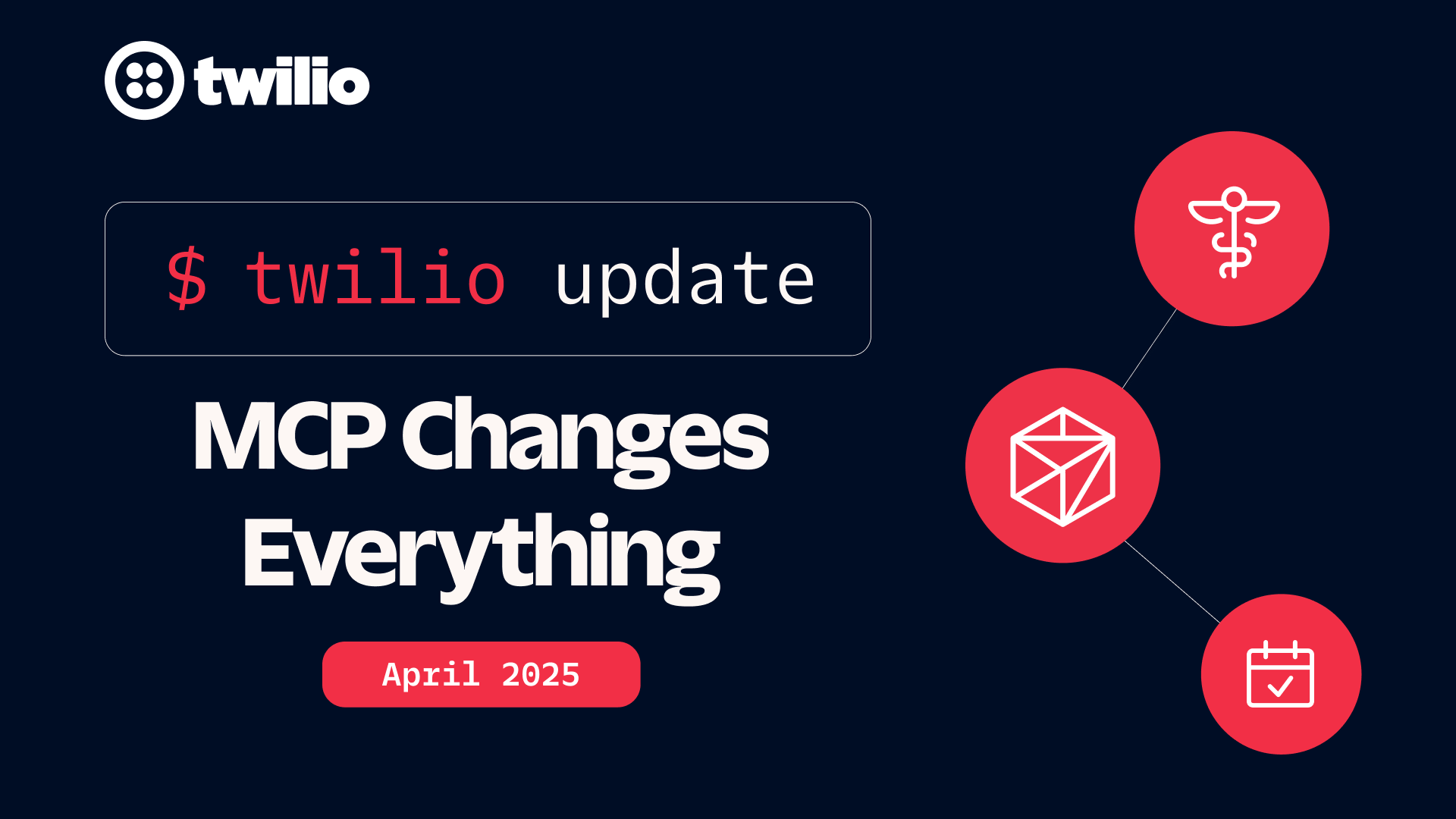Introducing Twilio Flex: A Fully Programmable Contact Center Platform
Time to read: 3 minutes

At Twilio we often say, “We can’t wait to see what you build.” That’s because the communications building blocks we provide are only as powerful and innovative as the applications that developers create with them. It’s these builders who have shown us just how far our APIs can be taken, from 3D mapping with AR and IoT potty training, to a life-saving text line and data-driven debt relief.
But there are still some areas that remain a challenge for developers to build better communications experiences using software. Chief among them: the contact center.
That’s why we’re so excited today to introduce Twilio Flex, the first cloud contact center application platform that’s programmable at every layer of the stack.
We’re excited because…well, when’s the last time you called in to a customer support line, dialed dozens of digits, got routed through an infinite loop of automated messages, and thought to yourself, “Wow, that was an awesome experience. I love this business even more now.”? Probably never.
Why is it so hard for contact centers to keep up with changing customer needs and preferences? Existing contact center technology forces businesses to choose between customization and speed. Legacy premise-based contact centers let you customize the experience you want to deliver, but require costly professional services and lengthy cycles to build and iterate on. By contrast, SaaS contact centers offer quick deployment, but this comes at the cost of customizability and limited scale.
And neither of these approaches offer developers the ability to build better outcomes for their contact center.

Twilio Flex introduces a new approach: the contact center application platform. It is instantly deployable and designed to bring the power of programmability to this next frontier of customer engagement — the contact center. We developed Flex based on ten years of learning how our customers have built their contact centers with an API approach.
The application platform provides an entirely new way to build fully programmable communications solutions. Just as APIs allow you to call up logic that has already been written and tested, an application platform allows you to do this on a much larger scale (like spinning up a fully-functioning omnichannel contact center) — with the same skills it takes to use an API.
What do we mean by fully programmable?
Let’s break it down.

Channels
Flex is instantly deployable with a suite of channels baked right into the UI that you can choose to add with a few clicks in the provisioning wizard. Want to add your own custom channels? You can do that, too.
Flex UI
The Flex micro-component architecture is built on a modern React and Redux core, and is designed to let you rip it apart, and add, remove, or customize anything while still feeling native. Configure the look and feel, brand it, or, if you don’t like the options that come out of the box, get into the code and change any pixel on the screen.
Interaction Workflows
Want to build something more intuitive than an infinitely looping, frustrating IVR? Flex uses Twilio Studio, a visual workflow editor so you can easily control the flow of each interaction with a simple drag and drop mechanism. Studio’s API endpoints also let you integrate data from your own custom sources to provide contextual intelligence to agents. And you can add your own widgets to Studio’s communication flow using a NodeJS-based serverless environment.
Intelligent Routing
Flex incorporates Twilio TaskRouter so you can programatically route the right call to the right agent. Integrate contextual information from your own data sources to build custom logic with TaskRouter to build, test, and optimize your routing.
Integrations
Flex is built for two-way integration. Send and receive data from CRM, WFO, and WFM tools — whether they’re homegrown or from our growing marketplace of third-party custom integrations — to manage any customer interaction using a single interface.
And because Flex is built on our GDPR-compliant, ISO 27001-certified communications platform that powers 40 billion interactions a year worldwide, it is secure and massively scalable, capable of supporting thousands of agents per contact center.
Next steps
Twilio Flex is now in Preview while we work with a small pilot group of users as we round out the feature set and developer experience.
Want to be the first to get updates about Twilio Flex? Sign up at www.twilio.com/flex.
In the meantime, check out this sneak peek of Flex, as well as some resources to start prototyping key contact center elements with a few of the components that are available now:
React/Redux
Tutorial: Intro to React
TaskRouter
Video: How to Build a Call Center with TaskRouter
Studio
Video: How To Build an IVR System with Twilio Studio
Related Posts
Related Resources
Twilio Docs
From APIs to SDKs to sample apps
API reference documentation, SDKs, helper libraries, quickstarts, and tutorials for your language and platform.
Resource Center
The latest ebooks, industry reports, and webinars
Learn from customer engagement experts to improve your own communication.
Ahoy
Twilio's developer community hub
Best practices, code samples, and inspiration to build communications and digital engagement experiences.

